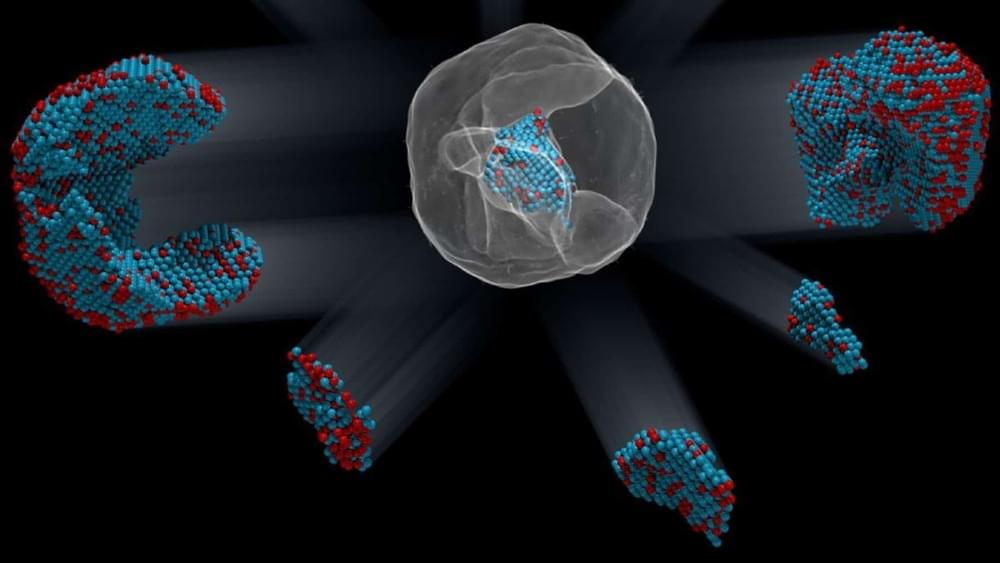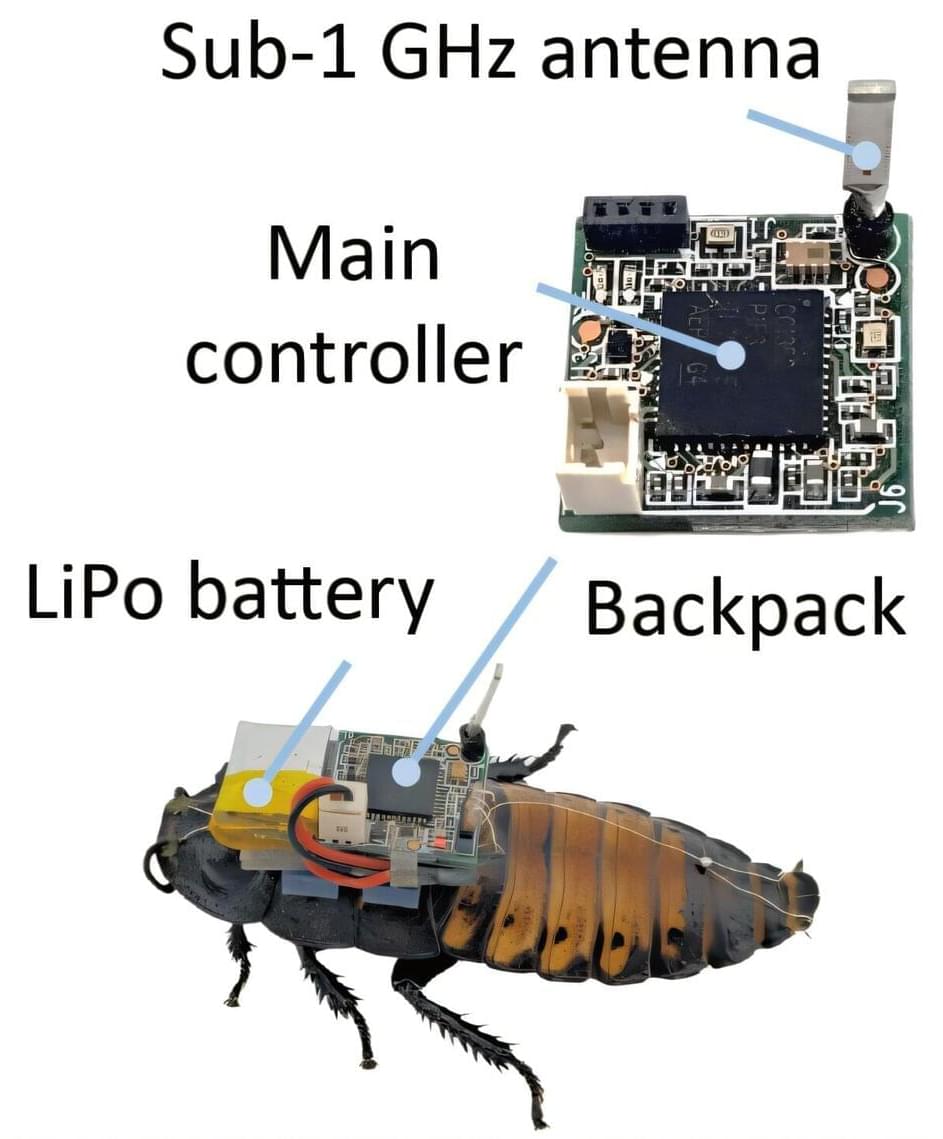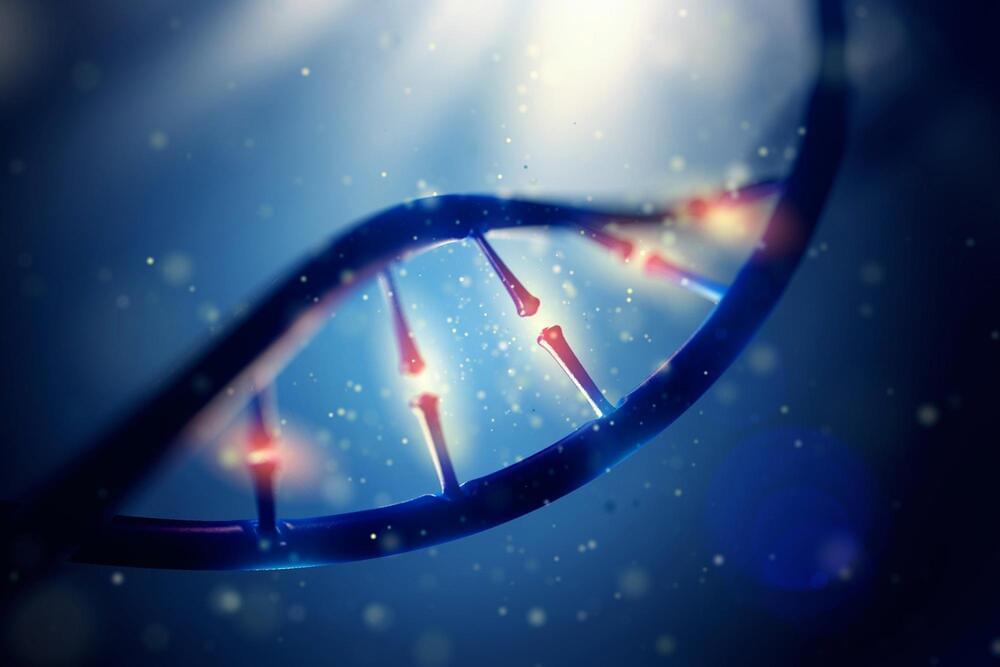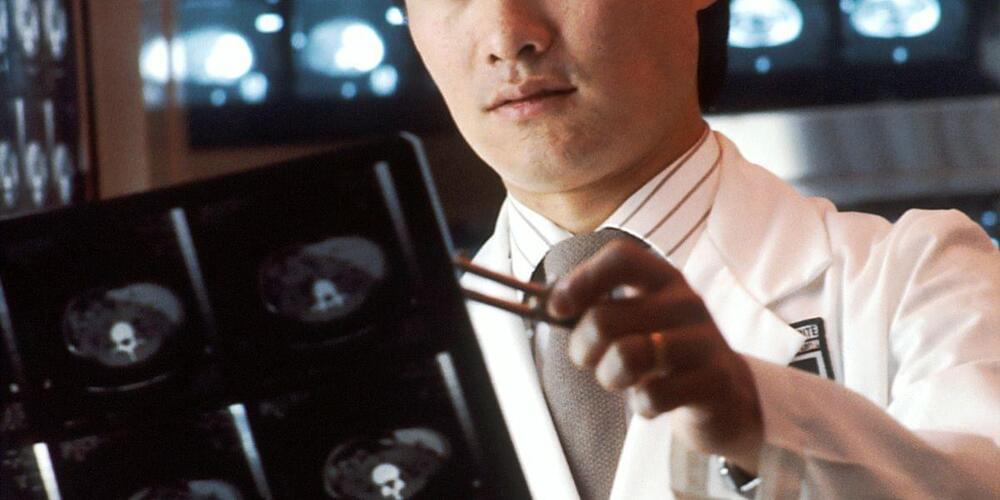
Astronomers using the James Webb Space Telescope have used a distortion in space to reveal over 40 individual stars in a galaxy 6.5 billion light-years from the Milky Way—halfway back to the beginning of the universe. It’s the largest number of individual stars ever detected in the distant universe.
The unique image, which takes advantage of JWST’s high-resolution optics, was only possible because the light from 44 stars in a distant galaxy was magnified by a massive cluster of galaxies in front of it called Abell 370.
This technique, called gravitational lensing—also known as an “Einstein ring” because it was predicted by the famous scientist Albert Einstein—works when the gravitational field of a foreground object distorts the space around it. Light is bent from an object behind it into circular rings or arcs, both revealing the existence of something in the background and, crucially, magnifying it by factors of hundreds or even thousands. In this case, an arc was visible, dubbed the “Dragon Arc.”

















